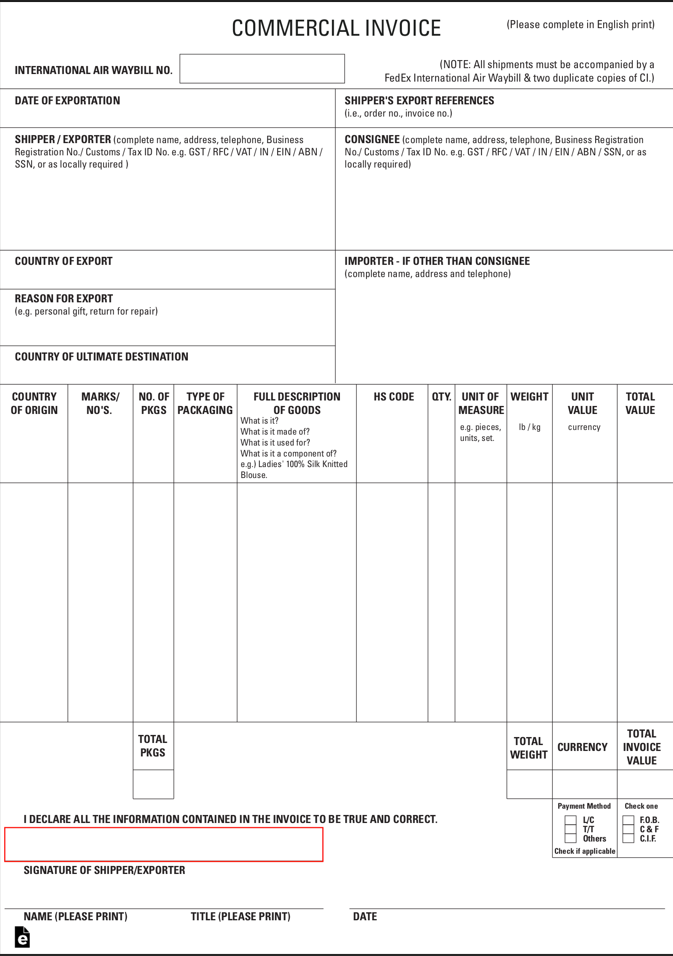Guide to Certificate of Analysis for Product Quality Assurance
Introduction:
A Certificate of Analysis (COA) is a crucial document that provides detailed information about the quality, composition, and safety of a product. This guide offers an overview of Certificate of Analysis, its significance in ensuring product quality assurance, and its relevance across various industries, with insights from the US Arab Chamber of Commerce.
What is a Certificate of Analysis (COA)?
A Certificate of Analysis is an official document issued by a laboratory or manufacturer that provides comprehensive details about the quality, purity, composition, and safety of a product. It includes test results, specifications, and other relevant information, serving as a critical tool for quality assurance and regulatory compliance.
Importance of Certificate of Analysis
The Certificate of Analysis holds significant importance for several reasons:
- Quality Assurance: It ensures that products meet specified quality standards and regulatory requirements.
- Consumer Safety: It provides assurance regarding the safety and efficacy of products for consumers.
- Regulatory Compliance: It helps businesses comply with industry regulations and standards.
- Product Integrity: It verifies the accuracy of product labeling and claims.
Common Uses of a Certificate of Analysis
- Pharmaceuticals: Ensures the safety, efficacy, and quality of pharmaceutical products.
- Food and Beverages: Verifies the quality, purity, and safety of food and beverage products.
- Cosmetics and Personal Care: Confirms the safety and effectiveness of cosmetic and personal care products.
- Chemicals and Raw Materials: Validates the purity and quality of chemicals and raw materials used in manufacturing processes.
Key Components of a Certificate of Analysis
A Certificate of Analysis typically includes the following key components:
- Product Information: Name, description, and batch or lot number of the product.
- Test Results: Detailed test results for various parameters, such as potency, purity, composition, and contaminants.
- Specifications: Specifications and acceptance criteria for each tested parameter.
- Analytical Methods: Methods used for testing and analysis.
- Date of Analysis: Date when the analysis was conducted. .
- Authorized Signatures: Signatures of authorized personnel from the testing laboratory or manufacturer.
Obtaining a Certificate of Analysis
- Request from Manufacturer: Request a Certificate of Analysis from the manufacturer or supplier when purchasing products.
- Third-Party Testing: Conduct third-party testing from accredited laboratories to obtain a Certificate of Analysis.
- Regulatory Requirements: Comply with regulatory requirements for obtaining a Certificate of Analysis in specific industries.
Sample Certificate of Analysis Template:

Benefits of Using US Arab Chamber of Commerce
-
Expert Guidance and Support: Businesses can benefit from the chamber's expert guidance and support throughout the invoicing process, ensuring compliance with international trade regulations and best practices.
-
Access to Resources and Templates: The chamber provides access to a wealth of resources, including standardized templates and educational materials, streamlining the invoicing process for businesses of all sizes.
-
Streamlined Documentation Process: By leveraging the resources and expertise of the US Arab Chamber of Commerce, businesses can streamline their documentation process, minimizing errors and delays in trade transactions.
Conclusion:
In conclusion, a Certificate of Analysis plays a vital role in ensuring product quality, safety, and regulatory compliance across various industries. By understanding its significance and key components, businesses can effectively use Certificate of Analysis to maintain product integrity and consumer trust.
